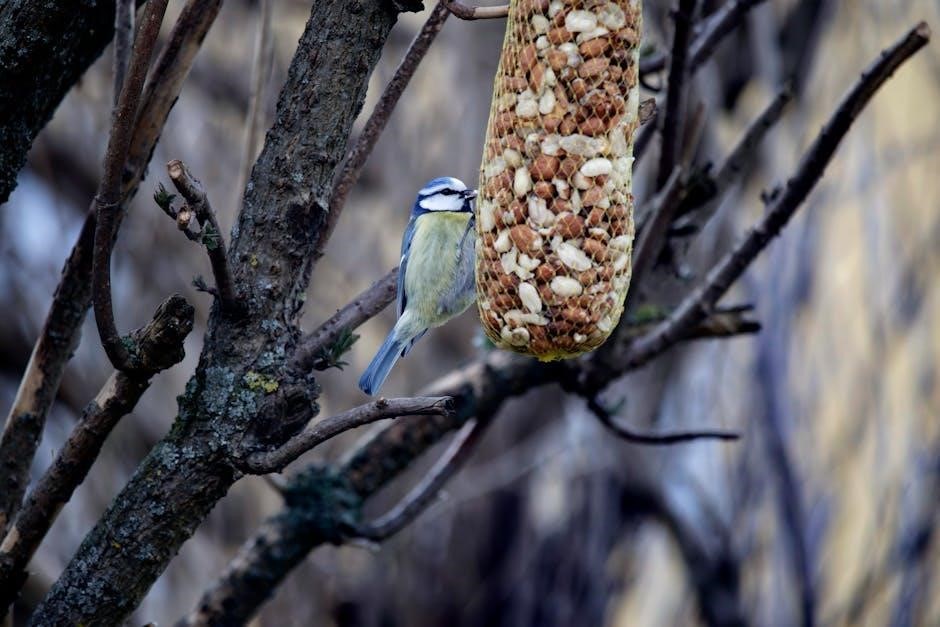
foragers guide to wild foods
Foraging is an ancient practice reconnecting us with nature, empowering individuals to ethically gather wild foods, fostering sustainability and culinary creativity in modern life.
What is Foraging?
Foraging is the ancient practice of searching for and gathering wild, edible plants, fungi, and other natural resources. It involves identifying and sustainably collecting food sources in their natural habitats, fostering a deep connection with nature. This timeless activity emphasizes ethical gathering, ensuring the ecosystem remains unharmed. Foraging empowers individuals to explore the outdoors, enhancing their culinary experiences while promoting self-sufficiency. It is not just about finding food but also about understanding the environment, preserving traditions, and embracing a healthier, more sustainable lifestyle. Foraging encourages a mindful approach to nature, making it a rewarding and enriching endeavor for those who embrace it.
The Relevance of Foraging in Modern Society
Foraging has seen a resurgence in modern society as people seek sustainable and healthy food sources. It offers a way to reconnect with nature, promoting environmental awareness and self-sufficiency. By utilizing wild resources, foraging reduces reliance on industrial agriculture, aligning with eco-conscious values. It also fosters community building through shared knowledge and experiences; In urban and rural areas alike, foraging is becoming a popular activity, empowering individuals to explore their surroundings and embrace a more natural lifestyle. This ancient practice is finding new relevance in today’s world, blending tradition with contemporary needs for a greener, healthier future.
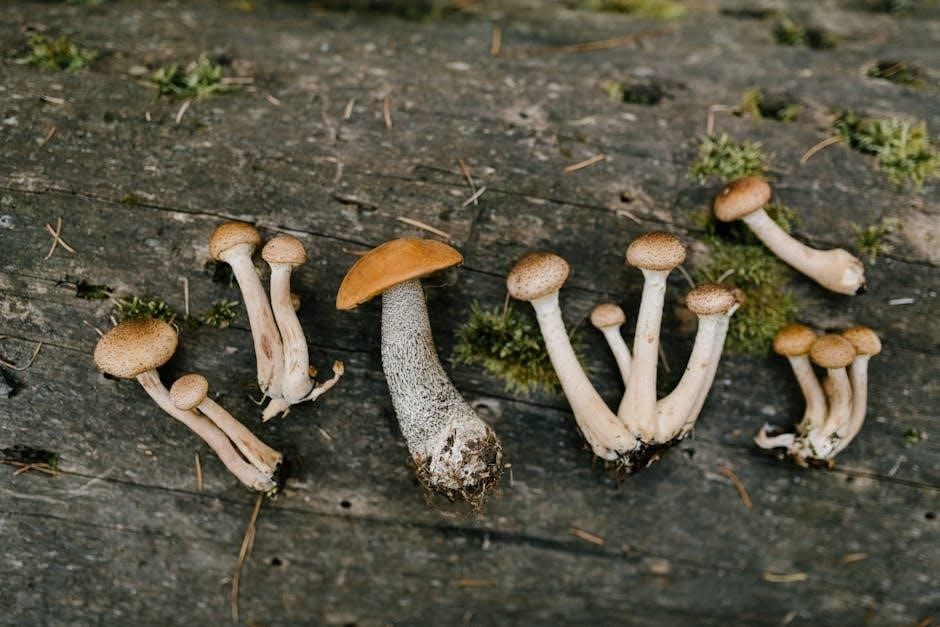
Safety and Best Practices
Proper identification of wild foods is crucial to avoid poisoning. Use guidebooks or experienced guides to ensure safety and responsible foraging practices in nature.
Understanding Poisonous Lookalikes
Identifying edible plants requires knowing their poisonous counterparts. For instance, wild mushrooms like the chanterelle can be mistaken for the deadly jack o’lantern mushroom. Similarly, certain berries, such as wild strawberries, have toxic lookalikes that can be harmful if ingested. Proper training and the use of reliable guidebooks are essential to avoid such dangerous mix-ups. Always cross-reference multiple sources before consuming any wild plant to ensure it is safe. Mistakes can be fatal, so caution is paramount when foraging for wild foods.
The Importance of Using a Guidebook or Experienced Guide
A reliable guidebook or experienced guide is crucial for safe and successful foraging. They provide detailed descriptions, images, and tips for identifying edible plants and avoiding poisonous lookalikes. For instance, Dr. Nicole Apelian’s guide covers 400 plants, ensuring accuracy and safety. An experienced guide can offer hands-on training, helping you build confidence in the field. Without proper guidance, the risk of misidentification increases, potentially leading to harm. Always prioritize using trusted resources or mentors to enhance your foraging skills and enjoy wild foods responsibly.
Essential Tools for Foraging
A reliable knife, sturdy basket, and gloves are must-have tools for safe and efficient foraging, ensuring you’re well-prepared to collect and transport wild foods effectively.
Must-Have Equipment for Safe and Effective Foraging
A reliable guidebook, sharp knife, and sturdy basket are essential for foraging. Gloves protect hands from thorns, while a magnifying glass aids in identifying plants. Durable containers keep finds fresh, ensuring safe and efficient foraging experiences.
How to Care for Your Foraging Tools
Proper care ensures longevity and effectiveness of your foraging tools. Clean knives and baskets with mild soap and dry thoroughly to prevent rust. Sharpen blades regularly for precise cutting. Store tools in a dry, cool place to maintain quality. Consider organizing them in a designated area for easy access. Regular maintenance not only preserves your equipment but also enhances your foraging efficiency and safety. Well-maintained tools are essential for a successful and enjoyable foraging experience.
Seasonal Guide to Wild Foods
Explore the diverse bounty of wild foods through each season, from spring greens to autumn nuts, connecting with nature’s rhythms and embracing sustainable foraging.
Spring Foraging: Wild Greens and More
Spring foraging offers a vibrant array of wild greens like dandelion, plantain, and wild garlic, along with early mushrooms and berries. These ingredients add fresh flavors to dishes, reconnecting us with nature’s renewal and providing nutrient-rich additions to meals. Understanding ethical harvesting practices ensures sustainability, while guidebooks or experienced guides help identify edible species, making spring a perfect season for newcomers to explore the world of foraging with confidence and delight.
Summer Foraging: Berries, Mushrooms, and Beyond
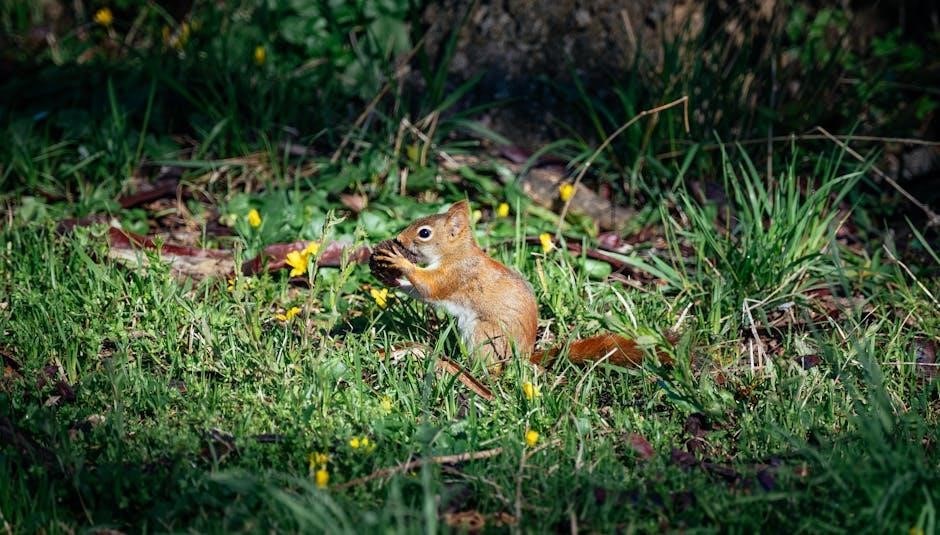
Summer foraging is a feast of flavors, with wild berries like strawberries, blueberries, and raspberries ripening in abundance. Mushrooms, such as chanterelles and oyster mushrooms, thrive in warm, humid environments, offering rich culinary possibilities. Beyond berries and fungi, summer also yields herbs like wild mint and lemon balm, as well as sea vegetables for those near coastlines. Guidebooks and experienced guides are essential for safely identifying these treasures, ensuring a bountiful and delicious harvest that connects us with nature’s vibrant seasonal offerings.
Autumn Foraging: Nuts, Fruits, and Roots
Autumn foraging offers a bounty of nuts, fruits, and roots, showcasing nature’s final harvest before winter. Hazelnuts, chestnuts, and acorns are abundant, while wild apples, pears, and berries like elderberries and sloes ripen on bushes. Roots such as burdock and dandelion are perfect for teas or stews. Guidebooks and experienced guides are crucial for identifying edible species and avoiding poisonous lookalikes. Proper preparation and preservation techniques, like drying or pickling, allow these autumn treasures to be enjoyed year-round, connecting us to the season’s rich, earthy flavors and fostering a deeper appreciation for nature’s cycles.
Winter Foraging: Hardy Plants and Survival Tips
Winter foraging challenges even the most seasoned foragers, yet it offers unique opportunities to discover hardy plants that thrive in colder conditions. Evergreen leaves like wintercress and chicory remain edible, while rose hips and crabapples provide bursts of vitamin-rich flavor. Roots such as burdock and sunchokes can still be unearthed, offering hearty additions to winter stews. Survival tips include dressing warmly, using a guidebook to identify edible species, and relying on preservation techniques like freezing or pickling to enjoy summer and autumn harvests. Winter foraging requires patience and knowledge but rewards the dedicated with a connection to nature’s resilience and abundance.
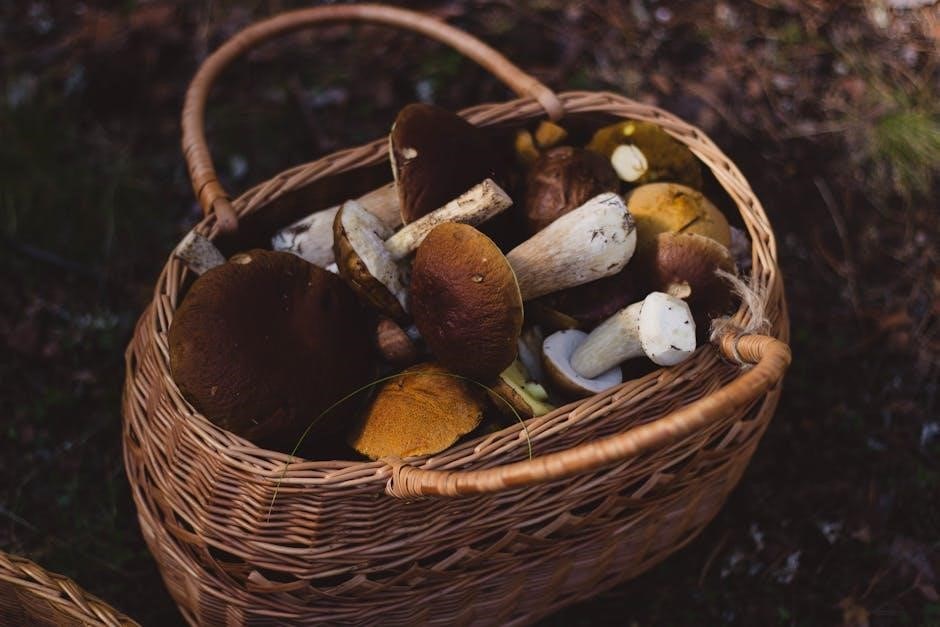
Preparing and Preserving Wild Foods
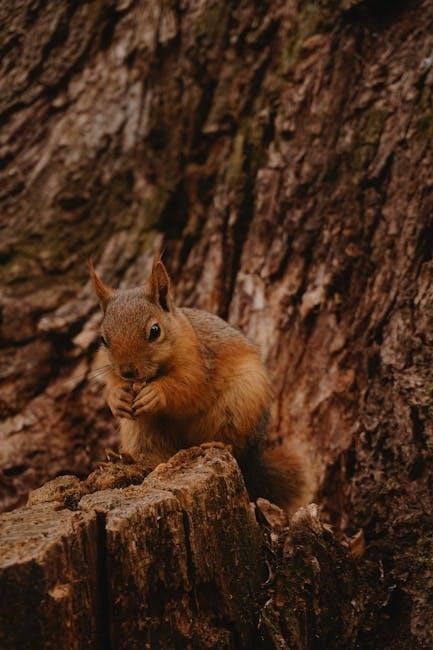
Transform foraged bounty into delicious meals and lasting provisions through cooking and preservation. Techniques like freezing, pickling, and dehydration ensure year-round enjoyment of wild-harvested flavors and nutrients.
From Field to Table: Cooking with Wild Ingredients
Cooking with wild ingredients brings nature’s flavors to your plate. Transform fresh foraged finds into vibrant dishes using simple yet inspired techniques. Wild greens add zest to salads, while mushrooms and berries create hearty, flavorful sauces. Incorporating these natural treasures into your meals not only enhances taste but also connects you to the land. With a little creativity, every foraging adventure can become a culinary celebration, savoring the season’s best and sharing the bounty with others. Let the wild inspire your next recipe!

Preservation Techniques for Long-Term Enjoyment
Preserving wild foods ensures year-round enjoyment of your foraged bounty. Techniques like freezing, dehydrating, pickling, and infusing help retain flavors and nutrients. Freezing locks in freshness, while dehydration creates lightweight snacks. Pickling adds tangy flavor and extends shelf life. Infusing oils or vinegars captures essence for future dishes. Proper storage and labeling are key for safety and convenience. These methods empower foragers to savor wild harvests beyond the season, fostering sustainability and culinary creativity throughout the year.
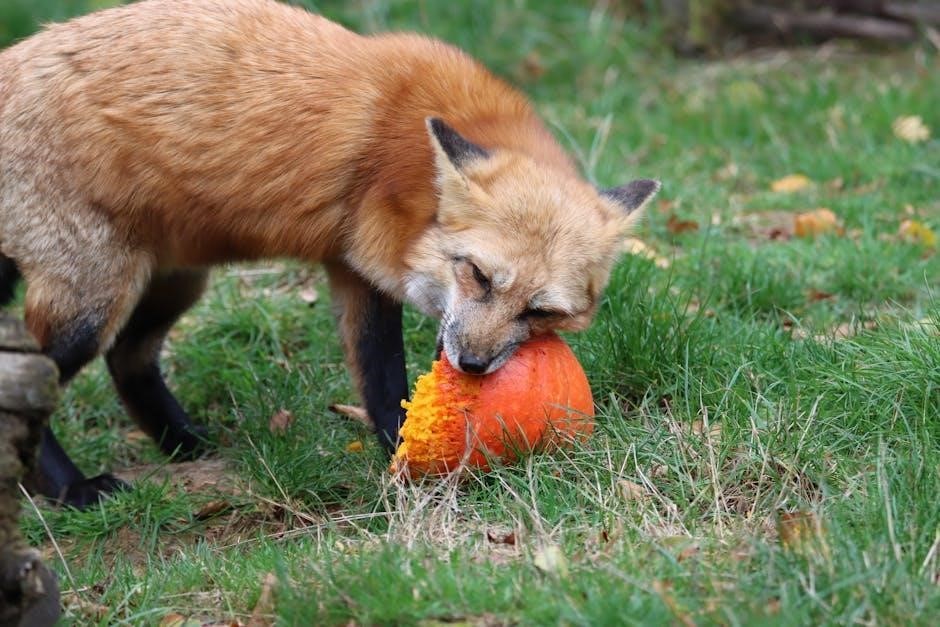
Testimonials and Success Stories
Foragers worldwide share inspiring experiences, highlighting how wild food foraging has transformed lives, enhancing health, deepening nature connections, and fostering self-sufficiency they never imagined before.
Real-Life Experiences from Seasoned Foragers
Seasoned foragers reveal transformative journeys, from discovering wild delicacies to embracing sustainable living. Many share how foraging has enriched their lives, offering a deeper connection to nature and fostering a sense of community. For instance, Fergus Drennan’s three-month wild food diet showcase incredible resilience and adaptability. These stories highlight the profound impact of foraging, beyond just gathering food—it’s a lifestyle that promotes wellness, creativity, and environmental stewardship. Their experiences inspire others to explore the wild, emphasizing the joy and fulfillment found in this timeless practice.
How Foraging Has Empowered Individuals
Foraging has empowered individuals by fostering self-sufficiency, enhancing culinary creativity, and nurturing a profound connection with nature. It provides a sense of independence, allowing people to source fresh, organic food directly from the wild. Many find empowerment in the knowledge and skills gained, such as identifying edible plants and understanding seasonal availability. This practice also promotes environmental awareness and encourages sustainable living. Foragers often experience a boost in confidence and overall well-being, as they reconnect with the natural world and embrace a healthier, more mindful lifestyle. Empowerment through foraging extends beyond food—it’s about personal growth and a deeper appreciation for the earth.

